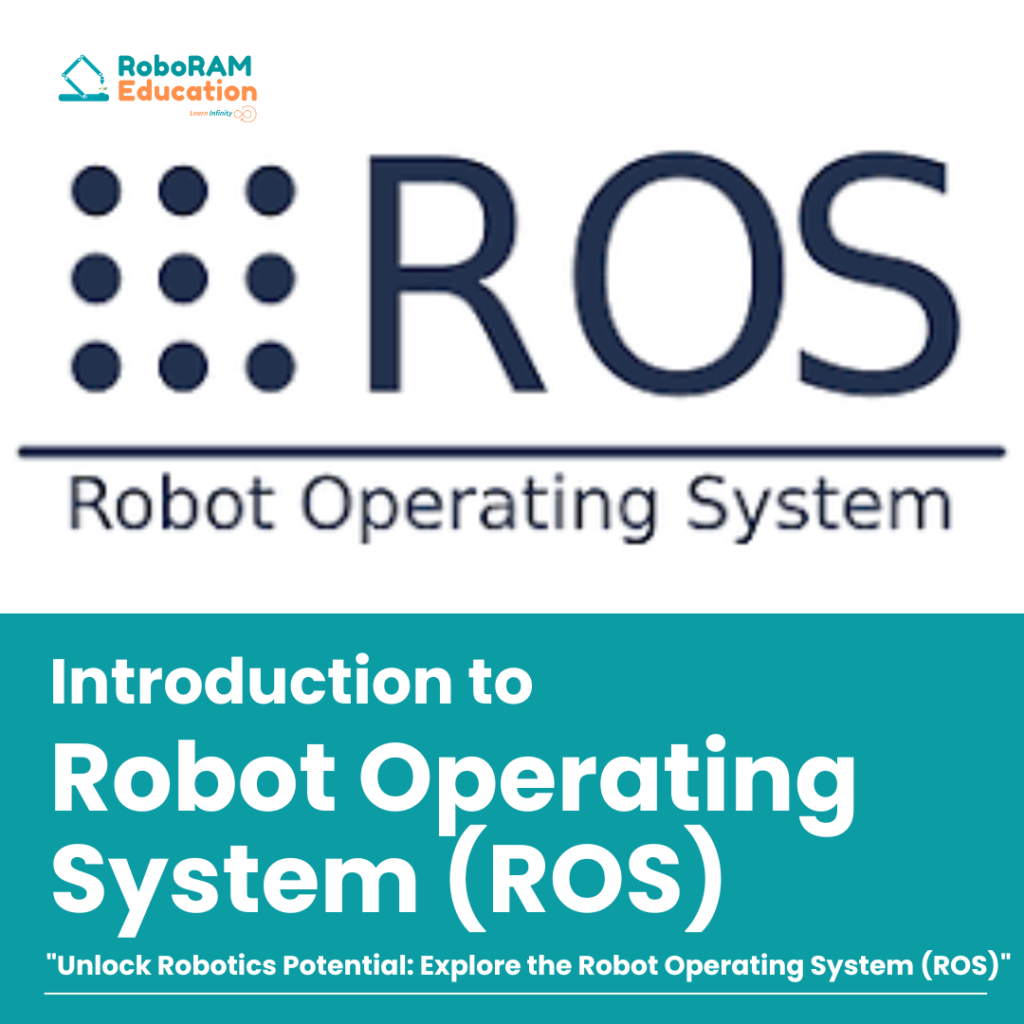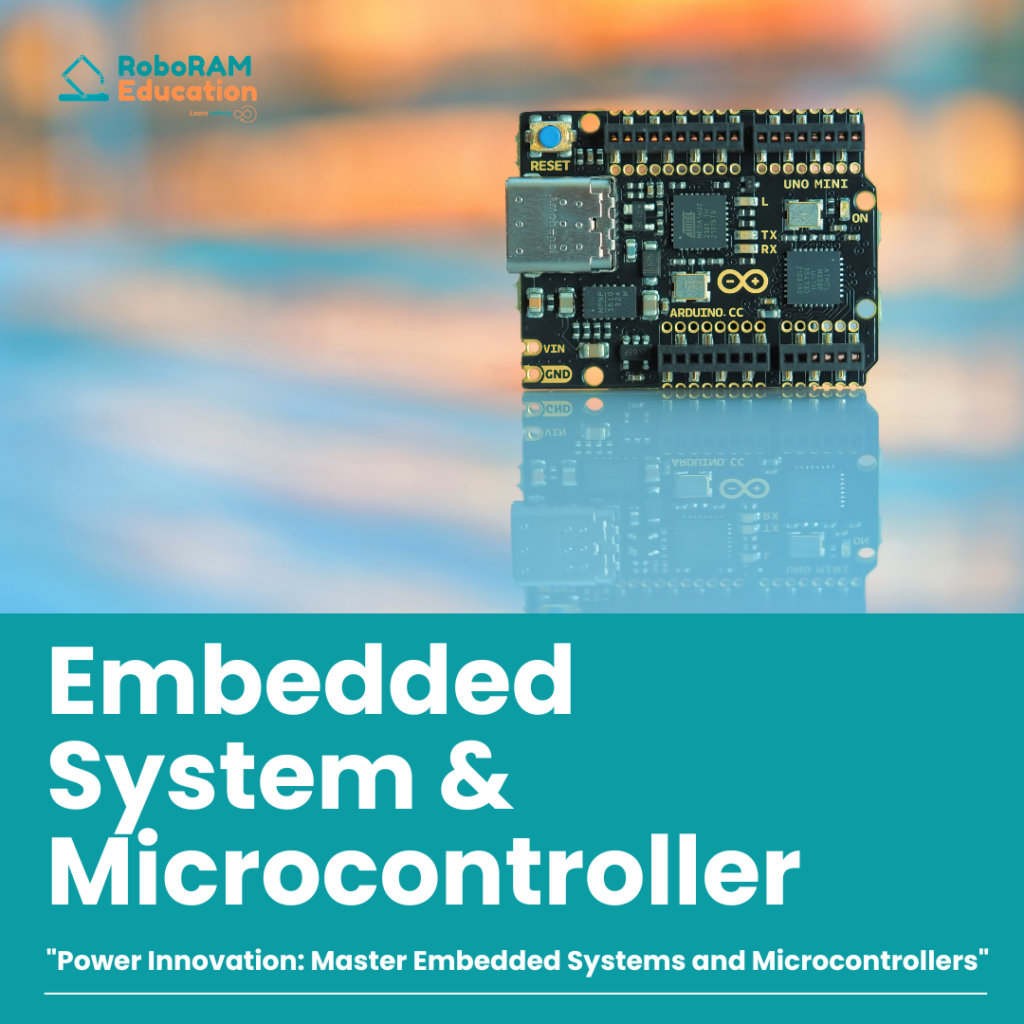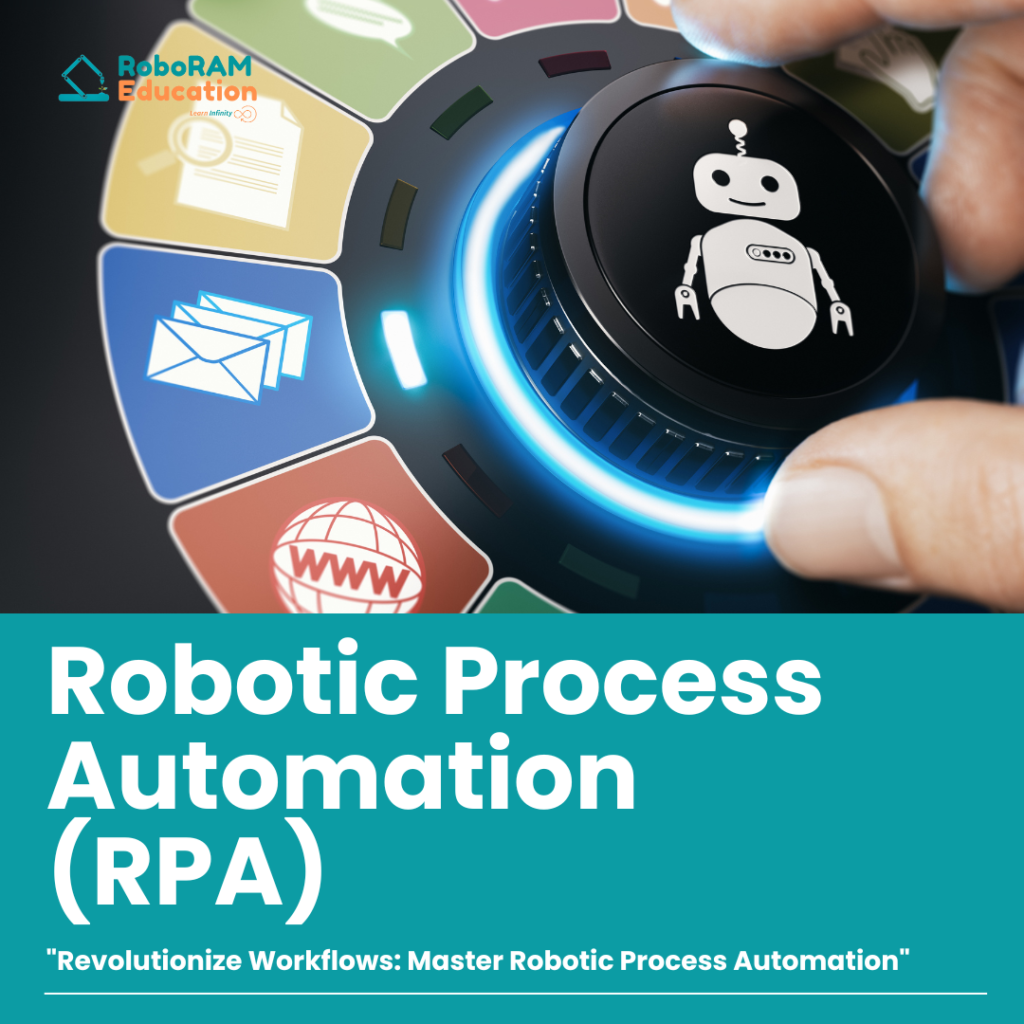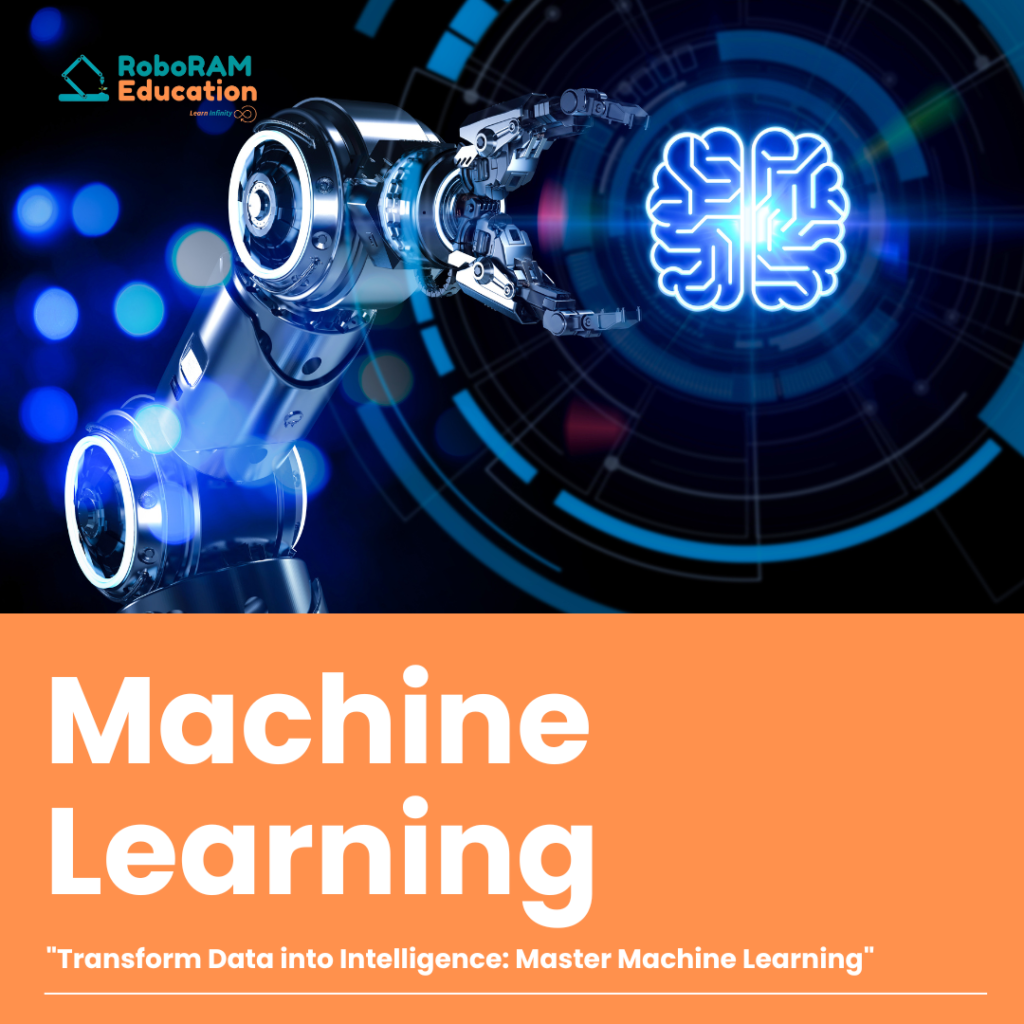Currently Empty: ₹0.00
Features
- Beginner Friendly
- Learn and Work from home at any time and place (Self-paced program)
- High Quality Training Materials and Video Tutorials (Online Mode with 1 year material access)
- Project development skill
- Gain excellent technical expertise (Electronics Device Integration Knowledge, Programming Skills) (Working, Circuit Connection, Compilation and Simulation)
- Training Completion Certificate
- E-Booklet
- 40% Scholarship for Students
Target audiences
- Under graduation and post-graduation students, as well as engineers in the industry, will benefit greatly from this course.
- This training would benefit participants in electronics, communication, computer science, and networking streams background.
24RRE002 – Emerging Technologies: Internet of Things
Duration: 26 Hour 50 Minutes
Lecture Duration: 5 Hour 30 Minutes | Practising Duration: 21 Hour 20 Minutes
Build your IoT Product. Learn the creation of IoT and master the technology.
Prior understanding of IoT
The general concept of IoT entails direct communication between separate devices, apparatuses, and other hardware without the intervention of humans. Improved connections within one network on a global scale allow for easy access to a variety of information.
Simply put, the Internet of Things is the process of connecting all physical components and things on the planet to the internet.
Course Overview
This course covers the development of Internet of Things (IoT) products, such as sensing, actuation, processing, and communication devices, in order to help you gain skills and experience that you may apply to new system design. Finally, you’ll learn how to use the IDE Platform to create an ECG monitoring and home automation system project. This program will take a total of 5 weeks to complete, with learners spending 4 to 6 hours per week for learning and practising the quizzes.
Why IoT
Revolutionized: Virtual connections have enabled everyone to access physical devices. One of the main reasons for this is the Internet of Things.
Accelerate your career: People and businesses are looking for ways to improve their processes in order to deal with the data that surrounds us. It is now impossible to imagine a product without IoT Technology, whether it is a smart watch, a smart home, or a medical device.
Build: In 2020, nearly 8 devices per person was connected to the Internet. Create IoT projects to make our job as easy as possible.
Objectives
- To gain a better understanding of the product development life cycle and integrated product development.
- To instruct the OSI Layers, Communication System, and its protocols.
- To impart the knowledge of OSI Layers, Communication System and its protocols
- To train microcontroller programming and integration expertise.
Course Outcome
After the completion of the course, learners will be able to
- Explain how sensors, communication devices, microcontrollers, and relays work and are implemented.
- Describe the various types of communication protocols and their applications.
- Choose Sensors and Communication Devices based on the application and technical requirements.
- Develop a plethora of Bluetooth communication projects using IDE programming and strong embedded system knowledge.
- Examine the code used in other projects to determine its function.
- Describe different scenarios in which the sensors and communication device could be used.
- Implement the Smart Home System to their own needs.
Type of Program:
Online and Offline
Course Highlights:
- Beginner Friendly
- Learn and Work from home at any time and place (Self-paced program)
- High Quality Training Materials and Video Tutorials (Online Mode with 1 year material access)
- Project development skill
- Gain excellent technical expertise (Electronics Device Integration Knowledge, Programming Skills) (Working, Circuit Connection, Compilation and Simulation)
- Training Certificate
- E-Booklet
- 30% Scholarship for Student
Pre requisite
This is a completely beginner-friendly program.
Prior Educational Qualification
Under graduation and post-graduation (from engineering and science background), as well as professionals in the industry, will benefit greatly from this course.
This training would benefit participants in electronics, communication, computer science, and networking streams backgrounds.
Facilities Required
Take quizzes & tests on any device, including mobile, and watch videos on any platform (including mobile). When utilizing a laptop or desktop computer, you will need at least 4GB of RAM.
Fee: ₹8000 INR
Curriculum
- 6 Sections
- 58 Lessons
- 365 Days
Expand all sectionsCollapse all sections
- Introduction about Internet of Things3
- Week 1: Introduction to IPD (Duration: 4 Hour 50 Minutes)Lecture Hours: 1 Hour 30 Minutes | Practicing Hours: 3 Hour 20 Minutes (Quizzes: 20 Minutes, Self-Study: 1 Hour, Book Reading + Reference Weblink & Video Learning: 2 Hours)13
- 3.1Week 1 Introduction1 Minute
- 3.2Objectives2 Minutes
- 3.3Part 1 Characteristics of a Successful Product10 Minutes
- 3.4Part 2 Product Development Life Cycle10 Minutes
- 3.5Part 3 Phases of PD Cycle6 Minutes
- 3.6Quiz Instructions5 Minutes
- 3.7Quiz 110 Minutes10 Questions
- 3.8Part 4 IoT Connectivity11 Minutes
- 3.9Part 5 Implementation of IoT in various segments8 Minutes
- 3.10Part 6 Challenges and Recommendations16 Minutes
- 3.11Quiz 210 Minutes10 Questions
- 3.12Week 1 Conclusion1 Minute
- 3.13References2 Hours
- Week 2: IoT Technology - A Brief Overview (Duration: 3 Hour 50 Minutes)Lecture Hours: 50 Minutes | Practicing Hours: 3 Hours (Quiz: 10 Minutes, Self-Study: 1 Hour, Book Reading + Reference Weblink & Video Learning: 1 Hour 50 Minutes)10
- 4.1Week 2 Introduction1 Minute
- 4.2Objectives2 Minutes
- 4.3Part 7 Industrial Internet of Things6 Minutes
- 4.4Part 8 Components of IoT Environment6 Minutes
- 4.5Part 9 Input Device – Sensor18 Minutes
- 4.6Part 10 Introduction to ECG Sensor3 Minutes
- 4.7Quiz 310 Minutes10 Questions
- 4.8Week 2 Conclusion1 Minute
- 4.9References110 Minutes
- 4.10Mid Term Feedback5 Minutes
- Week 3: Controller & Communication Devices (Duration: 3 Hour 40 Minutes)Lecture Hours: 1 Hour | Practicing Hours: 2 Hour 40 Minutes (Quiz: 10 Minutes, Self-Study: 1 Hour, Reference Book + Weblink Learning: 1 Hour 30 Minutes)10
- 5.1Week 3 Introduction1 Minute
- 5.2Objectives2 Minutes
- 5.3Part 11 USART Communication and Bluetooth Module6 Minutes
- 5.4Part 12 Open System Interconnection9 Minutes
- 5.5Part 13 Controller and its Specifications15 Minutes
- 5.6Part 14 Different Communication Mechanisms7 Minutes
- 5.7Part 15 Controller Integration Components5 Minutes
- 5.8Week 3 Conclusion1 Minute
- 5.9Quiz 410 Minutes10 Questions
- 5.10References90 Minutes
- Week 4: ECG Monitoring System - Project (Duration: 7 Hour 10 Minutes)Lecture Hours: 1 Hour 30 Minutes | Practising Hours: 5 Hour 40 Minutes (Quiz: 10 Minutes, Self-Study: 1 Hour 30 Minutes, Reference Book + Weblink Learning: 2 Hours, Software Installation: 30 Minutes, Programming Practicing: 1 Hour 30 Minutes)13
- 6.1Week 4 Introduction1 Minute
- 6.2Objectives2 Minutes
- 6.3Part 16 ECG Monitoring System Project Flow5 Minutes
- 6.4Part 17 Introduction to IDE Software11 Minutes
- 6.5Part 18 Important Serial Functions11 Minutes
- 6.6Part 19 Conditional Operators12 Minutes
- 6.7Part 20 Statements & Loop Functions7 Minutes
- 6.8Part 21 Special IDE Functions – Part 110 Minutes
- 6.9Part 22 Special IDE Functions – Part 28 Minutes
- 6.10Part 23 Special IDE Functions – Part 38 Minutes
- 6.11Quiz 520 Minutes20 Questions
- 6.12Week 4 Conclusion1 Minute
- 6.13References120 Minutes
- Week 5: Smart Home - Project (Duration: 7 Hour 20 Minutes)Lecture Hours: 40 Minutes | Practicing Hours: 6 Hour 40 Minutes (Quiz: 10 Minutes, Final Exam: 30 Minutes, Self-Study: 1 Hour, Reference Weblink Learning: 2 Hour, Programming Code Practising: 3 Hours)16
- 7.1Week 5 Introduction1 Minute
- 7.2Objectives2 Minutes
- 7.3Part 24 ECG Monitoring System Programming7 Minutes
- 7.4Part 25 Prototype & Simulation3 Minutes
- 7.5Part 26 Mobile App Integration5 Minutes
- 7.6IR Sensor Integration Code
- 7.7ECG Sensor Integration Code
- 7.8Part 27 Home Automation System Project Flow8 Minutes
- 7.9Home Automation System Code
- 7.10Part 28 Real-time Simulation6 Minutes
- 7.11Quiz 610 Minutes10 Questions
- 7.12Week 5 Conclusion1 Minute
- 7.13References120 Minutes
- 7.14Final Exam25 Minutes25 Questions
- 7.15Feedback10 Minutes
- 7.16Course Booklet
Yes, students will receive a 40 percent scholarship. They can get the discount by using the appropriate coupon code. There is no financial assistance available for professionals.
The course will last for five weeks, with each week requiring around one hour of work (reading, videos, quizzes, and projects). You should be able to finish the course in 5 weeks if you work diligently.
Even we automate our homes as smart homes, every industry is striving to integrate IoT into their processes. Careers in IoT include the following: Design Engineer, Simulation Engineer, Data Analyst, Data Scientist, Embedded System Engineer, Software Analyst, Software Developer, Software Engineer, Networking Engineer, Cyber Analyst, Technical Associative
You'll be able to design and build a number of IoT projects and applications using the Arduino and hardware systems, as well as write basic code in both the C++ and C programming languages, and integrate devices and circuit connections. Above all, you'll enjoy experimenting with new technologies that will become an increasingly vital part of our future, such as smart internet-connected gadgets and ecg monitoring devices.
No, it is merely an option; if you can afford it, go ahead. A real-life hands-on method to actively build, connect, and programme a device is one of the important ingredients, for which you'll need to purchase electrical hardware such as Arduino Uno and Sensors, which vary in cost and availability based on your area (2000–3000 INR).
There are no prerequisites for this course, thus it is suitable for absolute beginners. Beginners with an engineering background will have no trouble picking it up, but others will have no trouble at all because the entire concept was taken from the ground up.
Arduino IDE and Serial Monitor Mobile Application. You can directly download the IDE software from the Arduino official page and Serial Monitor App from the Google Play Store
Take quizzes & tests on any device, including mobile, and watch videos on any platform (including mobile). When utilizing a laptop or desktop computer, you will need at least 2GB of RAM.
Up to 1 Year, the participants can access the course materials including video lectures, course booklet and quizzes.
Participants can retake the quizzes up to ten times. There is no option for retaking the final exam.
If you have a question about a paid course while you're taking it, you can look for answers in the Respected Forum Section or submit a request through the support option.
Our Forum has been created particularly for participants to highlight measures that will assist you in promptly resolving any concerns you may have. Our Support Team is also available to assist you.
Yes. You will have access to the course when you have completed it as long as your accounts are in good standing and RoboRAM has a license to the course. So, if you want to go back over certain topics in the course after you've completed it, you can do so for up to one year from the date of your enrolment.
It is highly recommended you follow the courses in the specified order, since the material builds on itself throughout the Specialization.
While freshers in the IoT industry can expect to earn between Rs. 3.5 and 6 LPA per year, mid-level professionals can expect to earn between Rs. 10 and 25 LPA per year, representing a pay increase of more than 50%.








